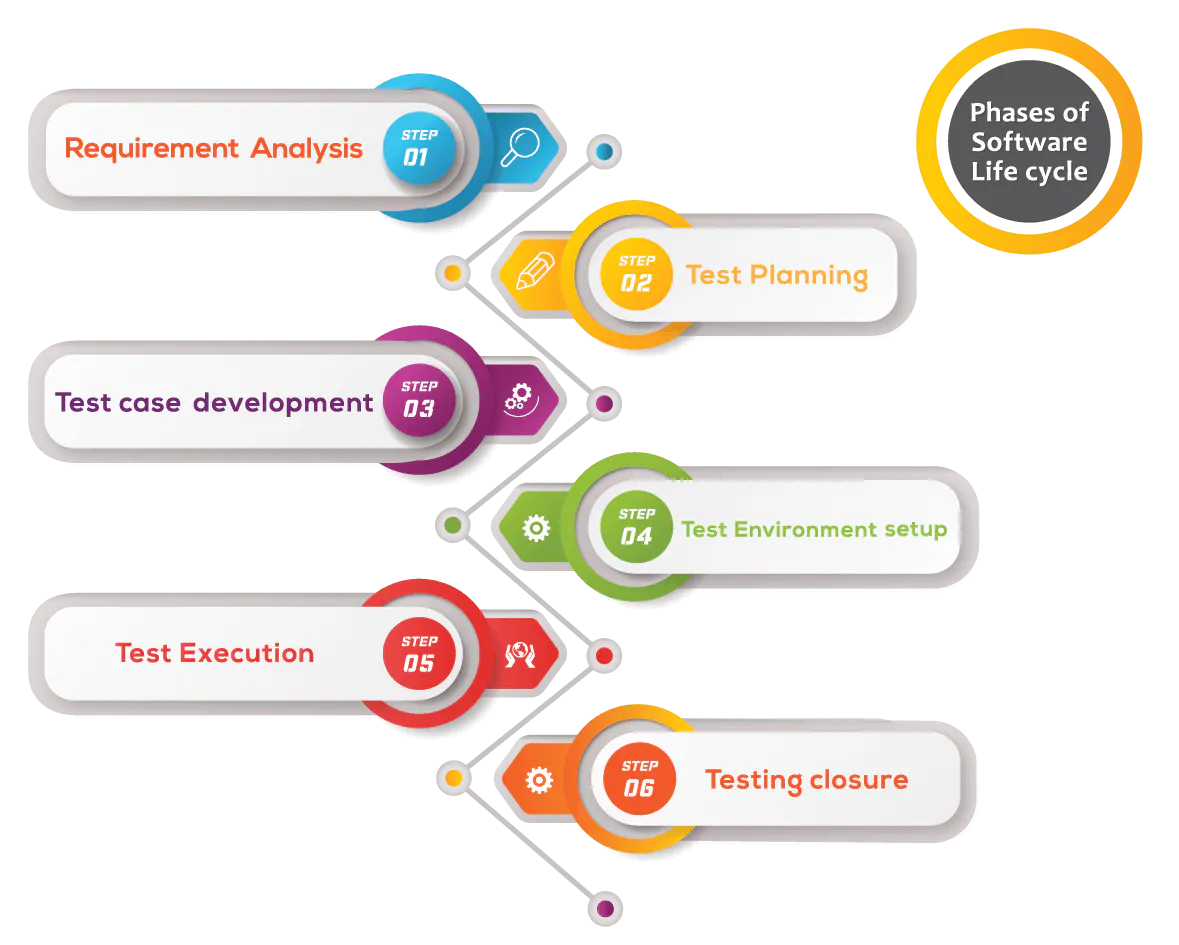Requirement Analysis
Requirement analysis is a crucial first step in the development process, setting the foundation for a successful project. The process begins with thorough communication with the client to understand their needs, objectives, and expectations. This initial dialogue helps in defining the scope of the project and identifying key functionalities.
Design
Designing a robust and efficient system is a pivotal phase in the development process, shaping the blueprint for the entire project. The first step involves translating the requirements gathered during the analysis phase into a conceptual design. This involves defining the overall system architecture, including the major components and their interactions. Once the high-level architecture is established, the focus shifts to designing individual modules or features. This step includes creating detailed specifications for each component, outlining their functionality, inputs, outputs, and the interactions between them. The goal is to ensure that each module operates seamlessly within the larger system.
Prototyping
The first step in prototyping involves gathering detailed requirements from the client and understanding their vision for the product. This information is then used to create a basic outline or framework for the prototype. It's crucial to focus on key functionalities and features that will be showcased in the prototype.As the prototype evolves, more details are added, and the fidelity is increased. This may involve incorporating design elements, refining user interfaces, and enhancing functionalities.
Development
Static website development involves creating web pages with fixed content that remains unchanged unless manually updated. Unlike dynamic websites, static sites do not rely on server-side processing or databases to generate content dynamically. This simplicity offers advantages in terms of speed, security, and ease of maintenance.One of the key benefits of static website development is its faster loading times. Since each page is pre-built and doesn't require server-side processing, users experience quicker access to content. This is particularly important for user satisfaction and search engine optimization, as faster-loading sites tend to rank higher in search results.
Build & Release
The Build & Release process in a development company is a meticulous and essential journey that transforms code into a deployable product. It commences with the integration of code changes, consolidating contributions from different developers or teams. This collaborative effort is followed by an automated build process, where the source code undergoes compilation, tests are executed, and the necessary artifacts are generated.Continuous Integration (CI) plays a pivotal role in this process, ensuring that code integration is a routine practice, preventing integration challenges that may arise later in the development cycle.
Support & Maintenance
Support and maintenance are the bedrock of a development company's commitment to delivering enduring and reliable solutions.At the core of this approach is vigilant monitoring, where the live systems are continuously observed to detect any deviations from the expected performance. Users' interactions and system behaviors are closely scrutinized to proactively identify potential issues.Once issues surface, they undergo a structured process of identification and logging. Each reported concern, whether it be a bug, performance hiccup, or user-reported glitch, is carefully documented.

.png)













